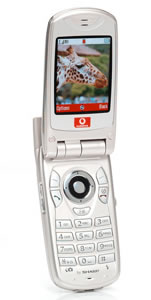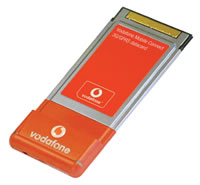One of the many things coming out of the 3GSM Summit is the conflict between mobile network operators like Vodafone and T-Mobile and handset manufacturers: the network operators have made the networks, but the phones aren’t good enough to entice users to subscribe.
Mobile phone operators spent billions of euros on licenses to run 3G networks and are understandably concerned that they have not been able to make full use of new revenue opportunities.
At the 3GSM summit in Cannes, Arun Sarin, chief executive of Vodafone criticised existing phones for being bulky, possessing poor battery life and featuring unsatisfactory heat dissipation. He added “The experience today is unacceptable to our customers.”
Part of the problem is related to poor coverage in Europe. Not only does this mean that services are simply unavailable in areas, but it also requires that the phones run in dual 2G/3G mode, thus consuming far more power – hence the heat and battery problems not generally witnessed in Japan which has far better coverage. Since it is projected that, even by 2008, only 75% of all phones will be 3G, dual mode issues are expected to be around for a while.
Some see Sarin’s comments as a little dig at Nokia, with whom Vodafone have had a stormy relationship over the years, but with Nokia expected to have a strong 3G handset offering by the end of 2004, things seemed to have thawed between Sarin and Nokia’s CEO Jorma Ollila.
 Vodafone has beaten the rest of the market to be the first to bring a mega-pixel camera to Europe. In a further development of their relationship with Sharp, it will be Sharp GX30.
Vodafone has beaten the rest of the market to be the first to bring a mega-pixel camera to Europe. In a further development of their relationship with Sharp, it will be Sharp GX30. Vodafone have announced today that it will be starting its 3G service in Europe. Interestingly their first offering will be a data only service using the catchyly named Vodafone Mobile Connect 3G/GPRS data card, rather than a voice service. Slotting one of these into a laptop will provide data speed up to 384kbps.
Vodafone have announced today that it will be starting its 3G service in Europe. Interestingly their first offering will be a data only service using the catchyly named Vodafone Mobile Connect 3G/GPRS data card, rather than a voice service. Slotting one of these into a laptop will provide data speed up to 384kbps.